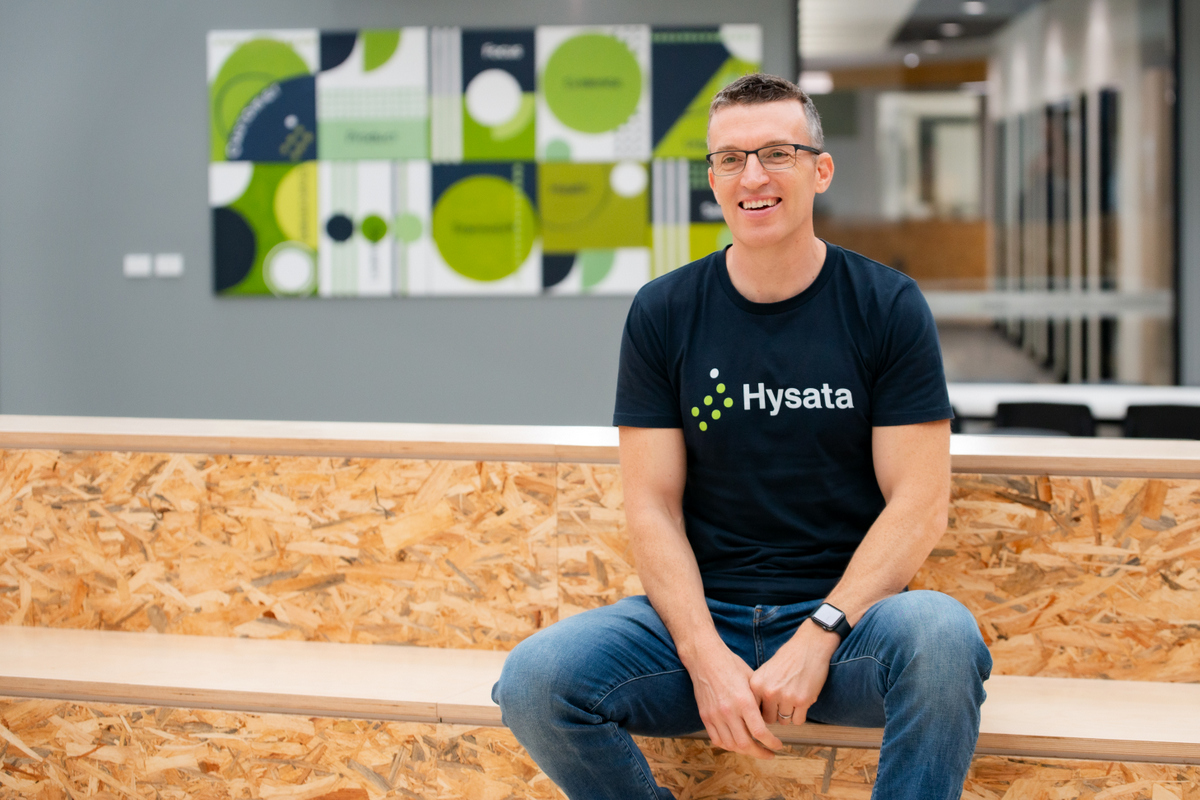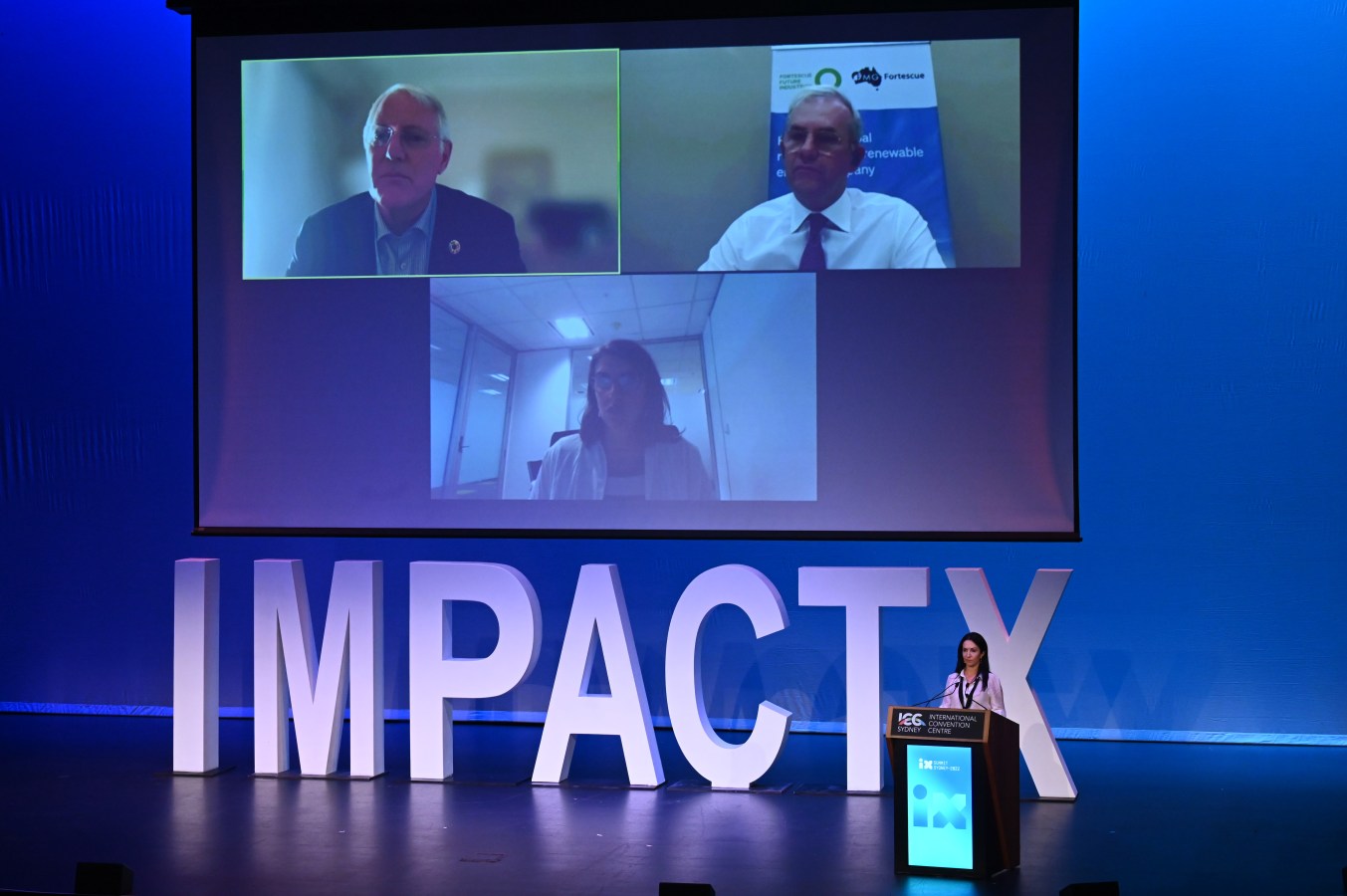The world’s first hydrogen fuel-cell superyacht has been unveiled in Amsterdam. It has taken Feadship 5 years to deliver Project 821, reportedly commissioned by Bill Gates.
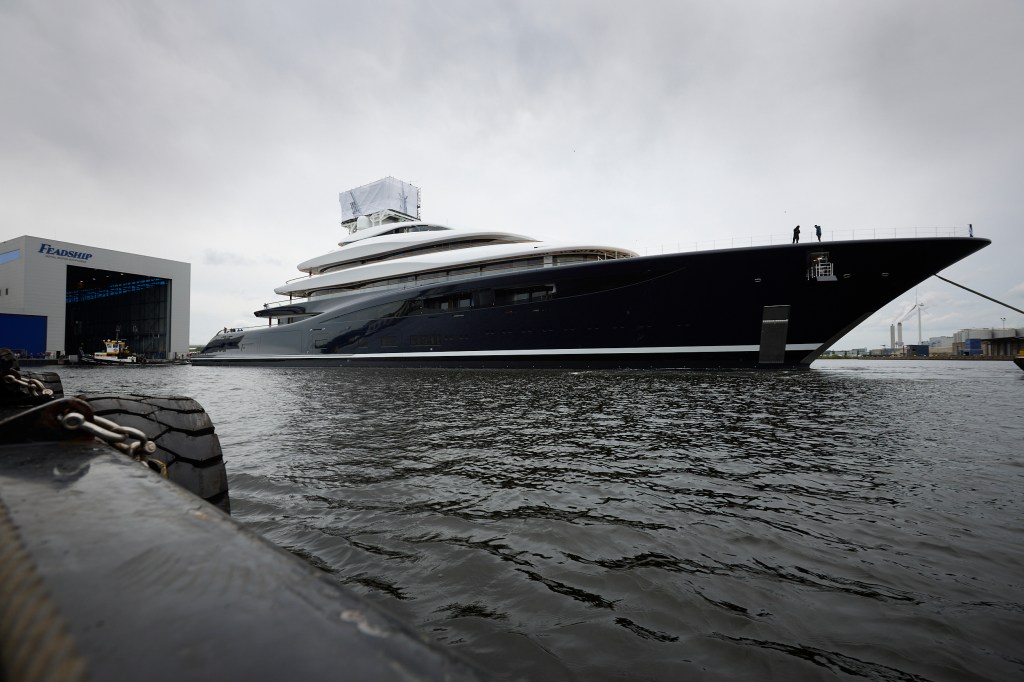
Project 821 features 12 guest staterooms, two staff cabins, accommodation for 44 crew members, a hospital, library, elevator, cinema, pool with a moveable glass bottom, multiple hot tubs, steam room, a gym, separate owners deck with two bedrooms, two bathrooms, two offices, and fourteen slide-out balconies.
What makes the Project 821 Feadship superyacht truly exceptional, however, is it is hydrogen-powered.
Jamie Edmiston, the CEO of yacht brokerage company Edmiston, represents the owner and is brokering the sale for a reported $1-billion. Edmiston says no expense was spared to build the groundbreaking vessel.
“The brief was to build the greenest and most environmentally advanced yacht ever built, without compromise,” says Edmiston. “It was a huge challenge, but one that the team has embraced and delivered on. The yacht we see today, designed by RWD and built by Feadship is without doubt the best yacht ever built. I am proud to have been involved since the inception of this idea.”
Neither Edmiston nor Feadship have revealed who commissioned the superyacht. eSysman Superyachts reported in April that it belongs to Bill Gates.
Jan-Bart Verkuyl, the CEO of Feadship Royal Van Lent shipyard, says pushing green superyacht technology as far as it could go was the mandate to develop of the vessel.
“The aim has been to develop a new, clean technology not just for this project, but for the world,” Verkuyl says. Feadship has pledged to develop ‘net-zero’ yachts by 2030 and has an R&D team researching hydrogen and other fossil-fuel-free alternatives.
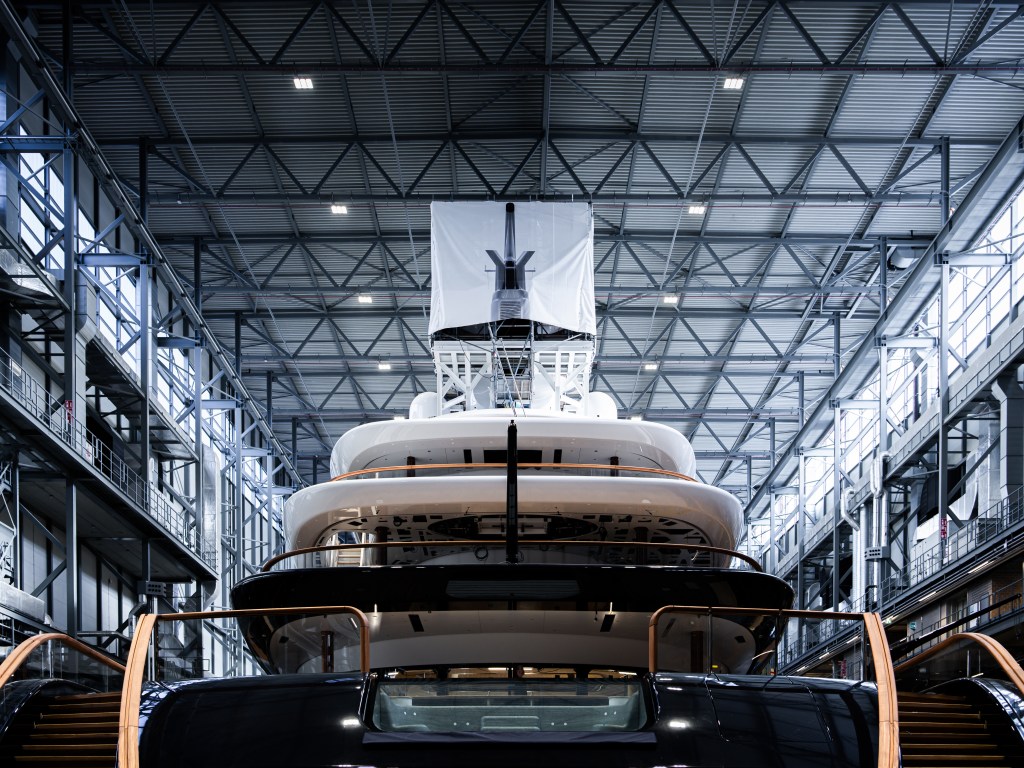
“The size of the proposed yacht – 100-metres-plus – made it a good candidate to explore pure green hydrogen as the fuel-cell source,” a Feadship statement reads.
“Even a yacht the size of Project 821 cannot carry enough liquid hydrogen to power a crossing, but Feadship could impact a yacht’s carbon footprint where it is largest — generating electricity to serve the hotel load,” according to Feadship.
A yacht’s hotel load represents 70-78 per cent of a yacht’s annual total energy and heating and air conditioning make the largest demands, Feadship states. Air conditioning is a significant energy consumer on yachts, according to research from a maritime industry body.
“Supplying that electrical power via non-polluting hydrogen fuel cells has a swift and significant impact,” according to Feadship.
“Although there are hydrogen fuel cell-powered cars, and fuel cells have been used as the primary source of electrical power on human spaceflight for more than six decades, nothing existed in the maritime sector. There were no regulations for hydrogen storage and fuel-cell systems at class, flag-state or even the International Maritime Organisation level,” Feadship states.
Feadship, Edmiston and Lloyd’s Register developed new equipment, protocols and regulations for hydrogen to be used in the maritime industry. Feadship states that hydrogen fuel cells have water as their only exhaust, and are a combustion-free way to generate electricity.
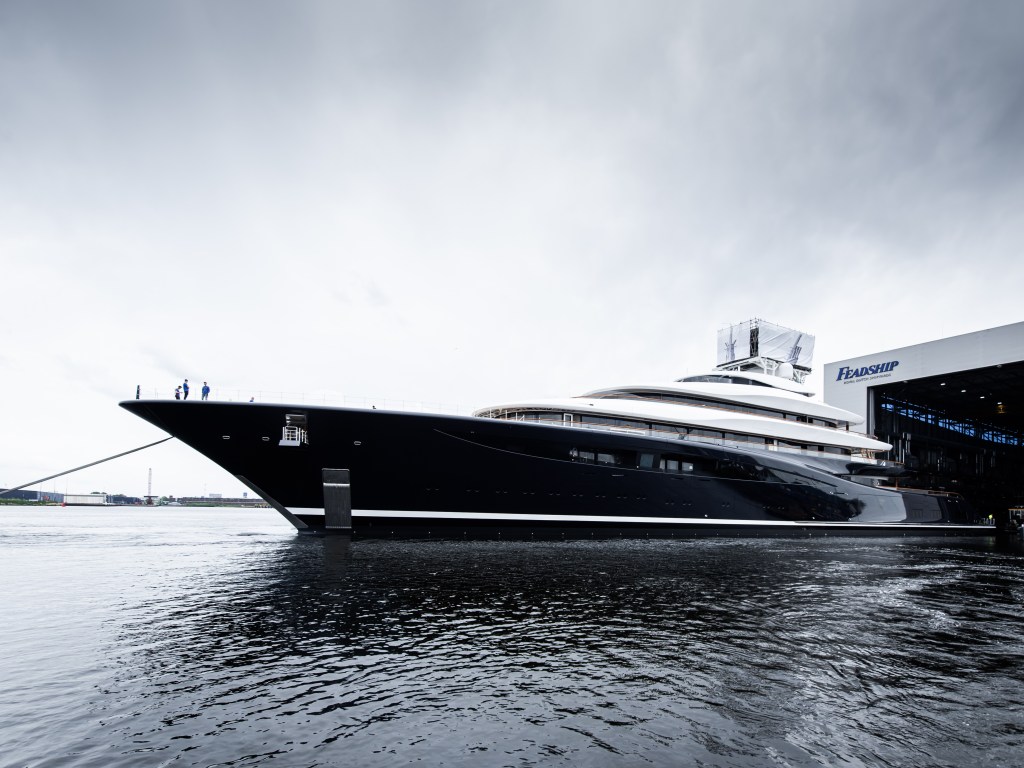
“Project 821 features the most efficient waste heat recovery system yet developed, a system heating everything from the pool, Jacuzzi and steam room to the ambient air temperature and towel bars and floors in the guest bathrooms. Further savings in the hotel load will come from a Smart AC system linking sensors to an energy management system that automatically reduces air conditioning or heating in unoccupied guest spaces,” Feadship states.
When pure hydrogen is not available, electricity is generated by MTU generators combusting a biofuel said to reduce emissions by 90 per cent.
The work that has been done to deliver the no-expense-spared Project 821 superyacht is now being used for other vessels.
“The value of the research as well the development of class and flag safety regulations for an entirely new type of energy generation is an advancement we are proud to have made available to all,” says Verkuyl.
In 2025, two Norwegian ferries will operate using the system developed for Project 821.
Look back on the week that was with hand-picked articles from Australia and around the world. Sign up to the Forbes Australia newsletter here or become a member here.
